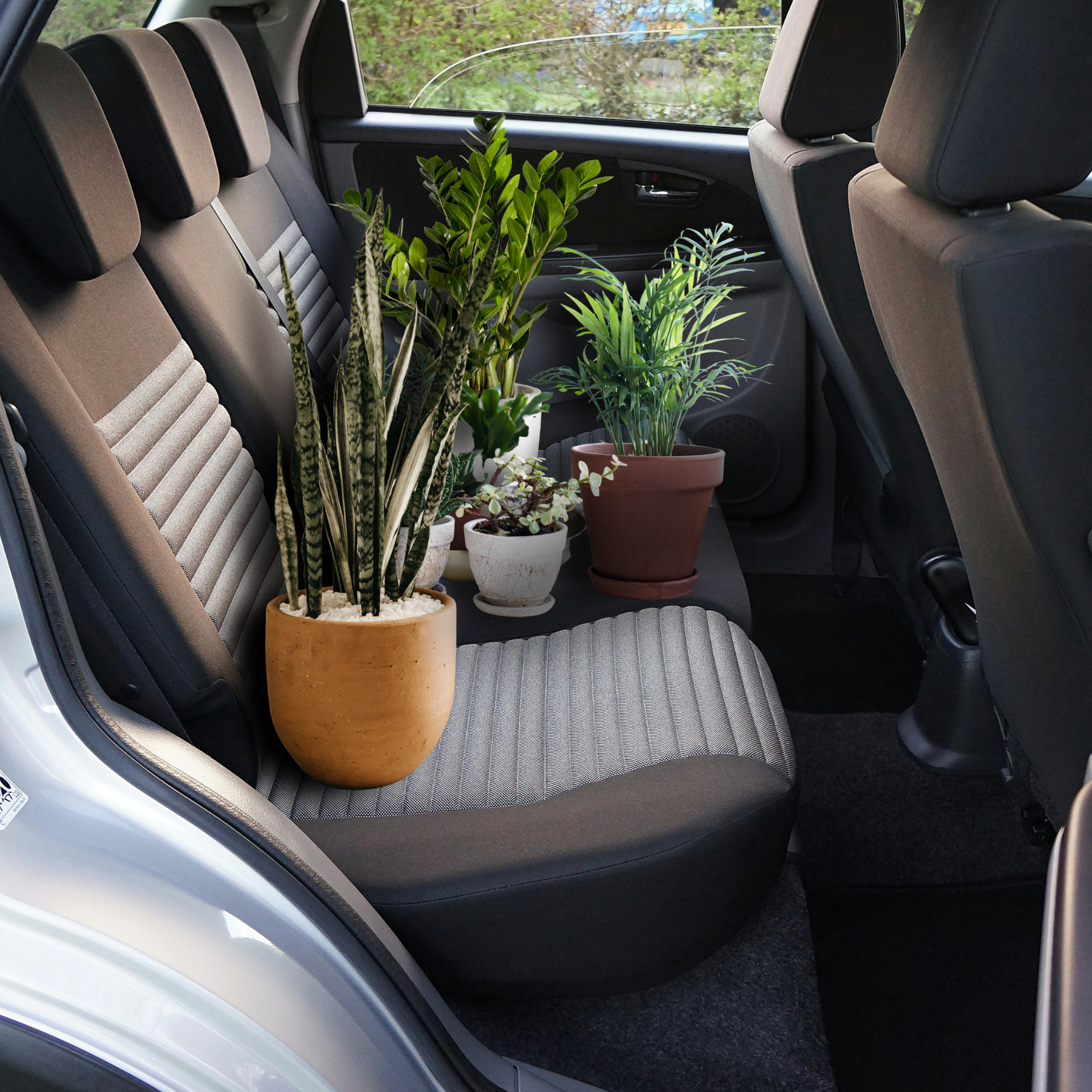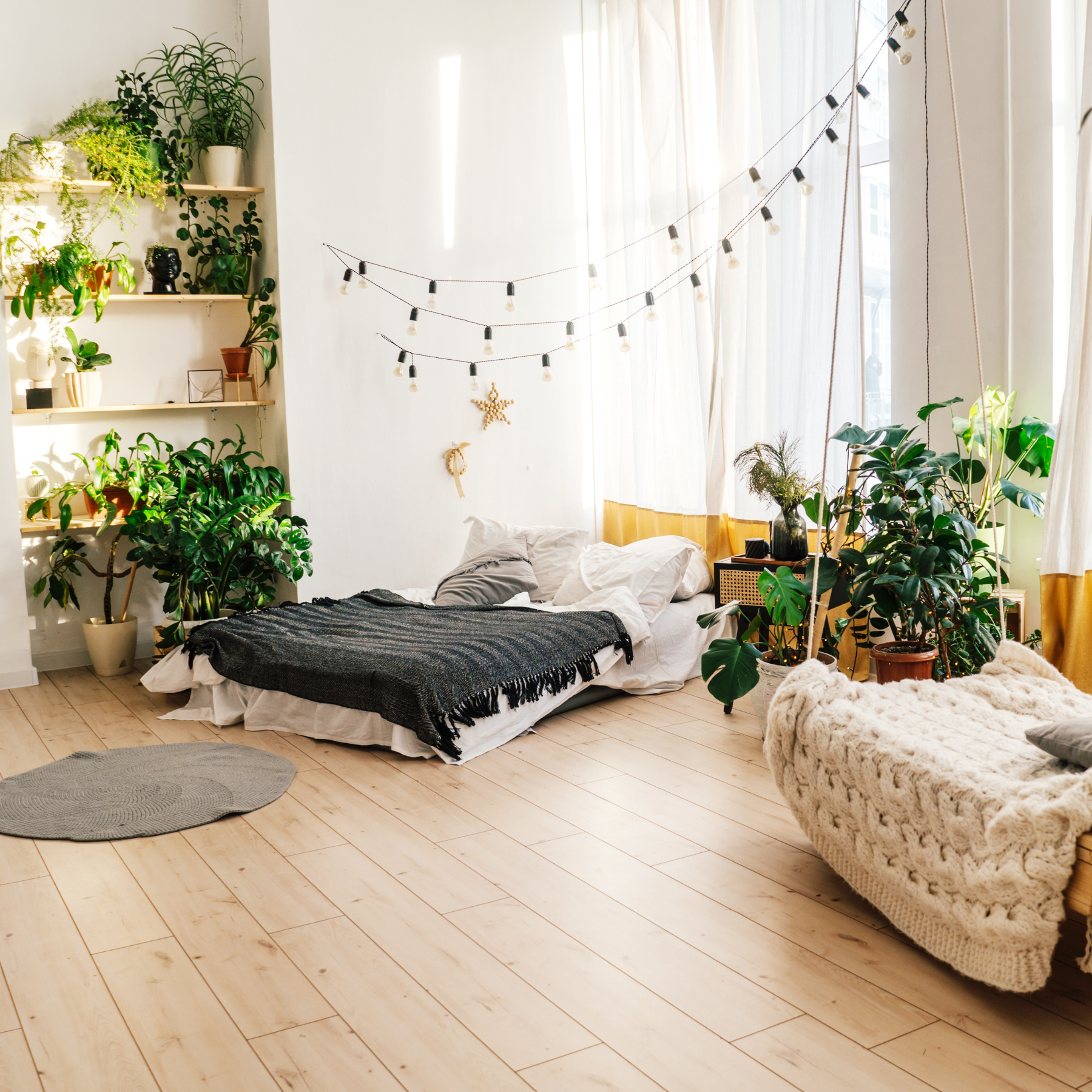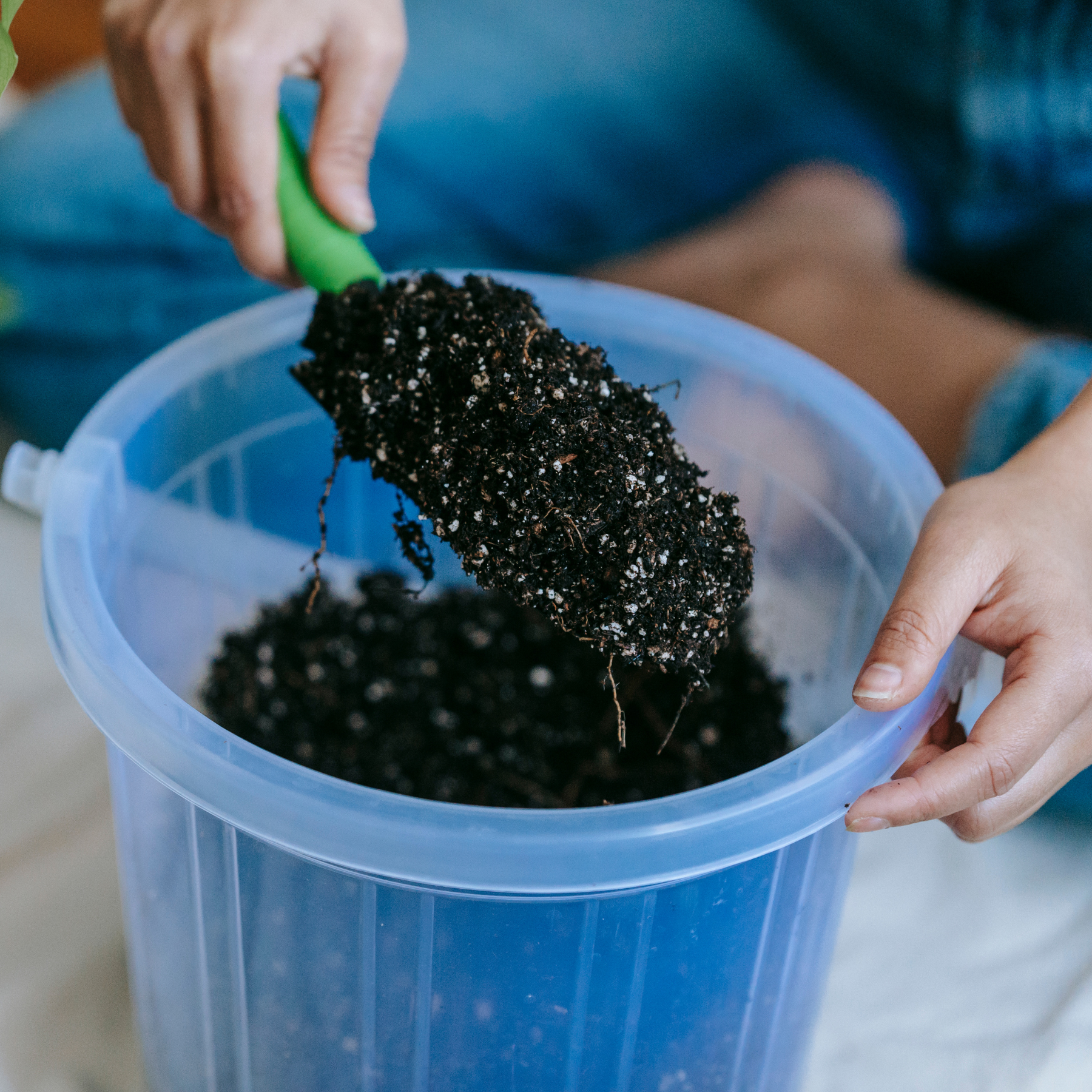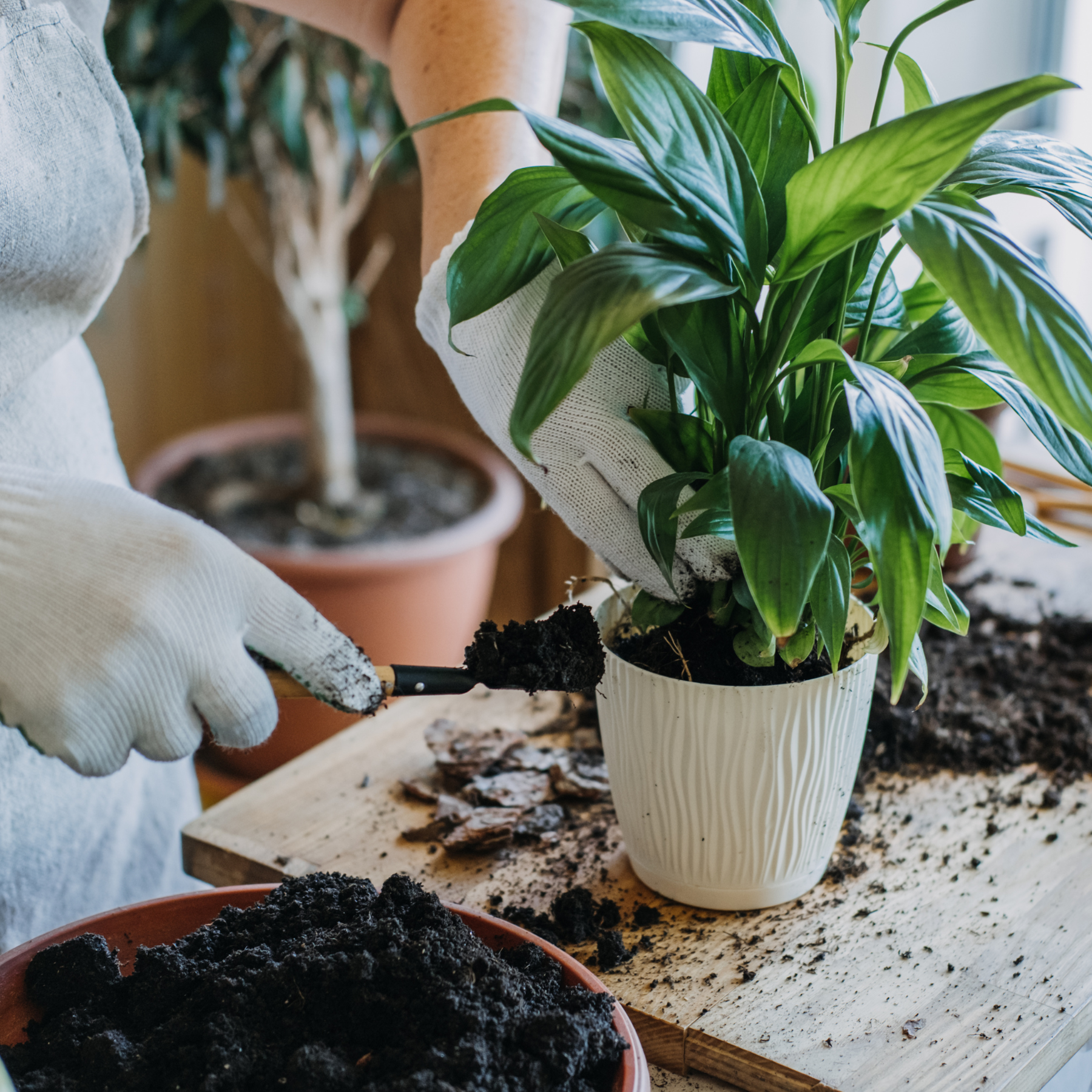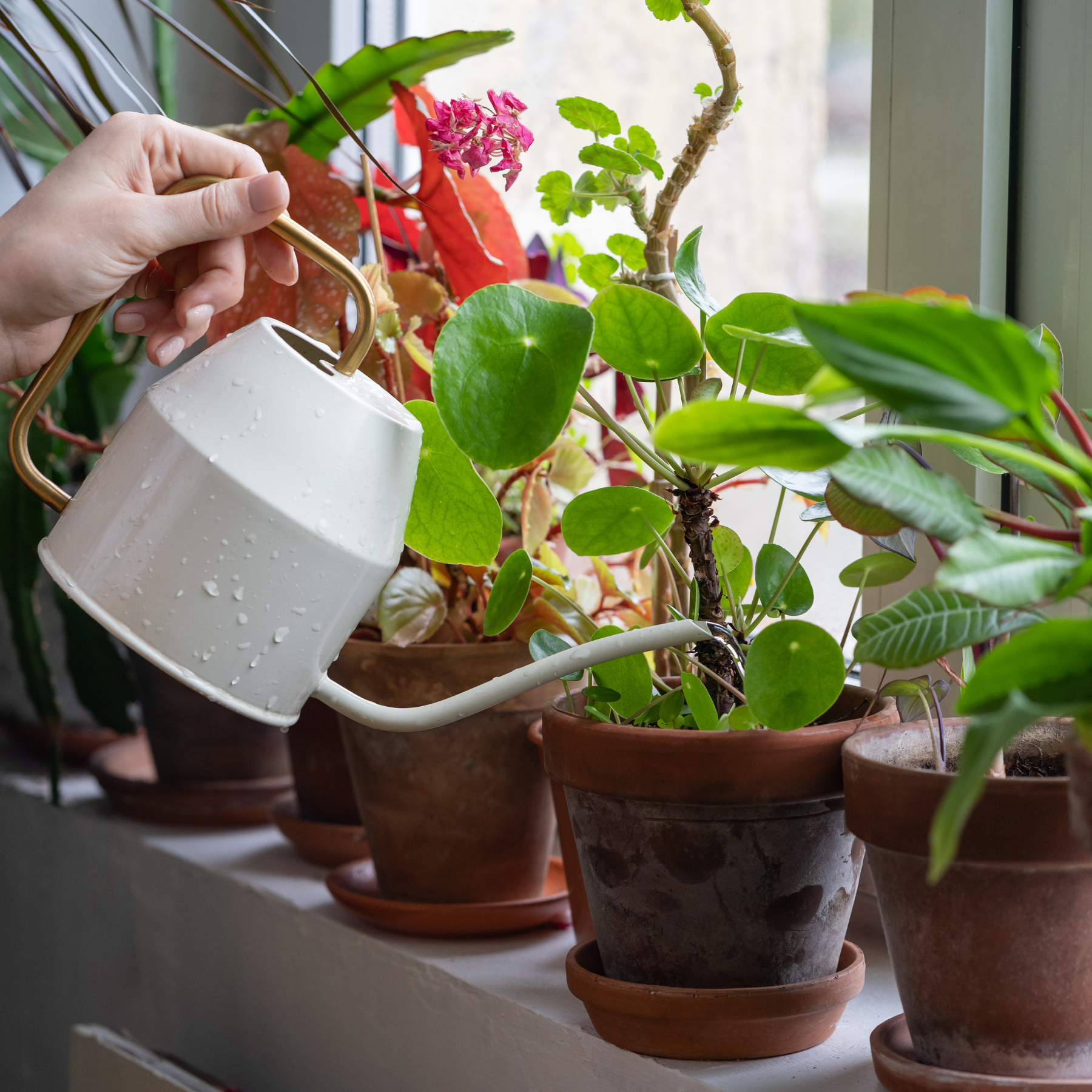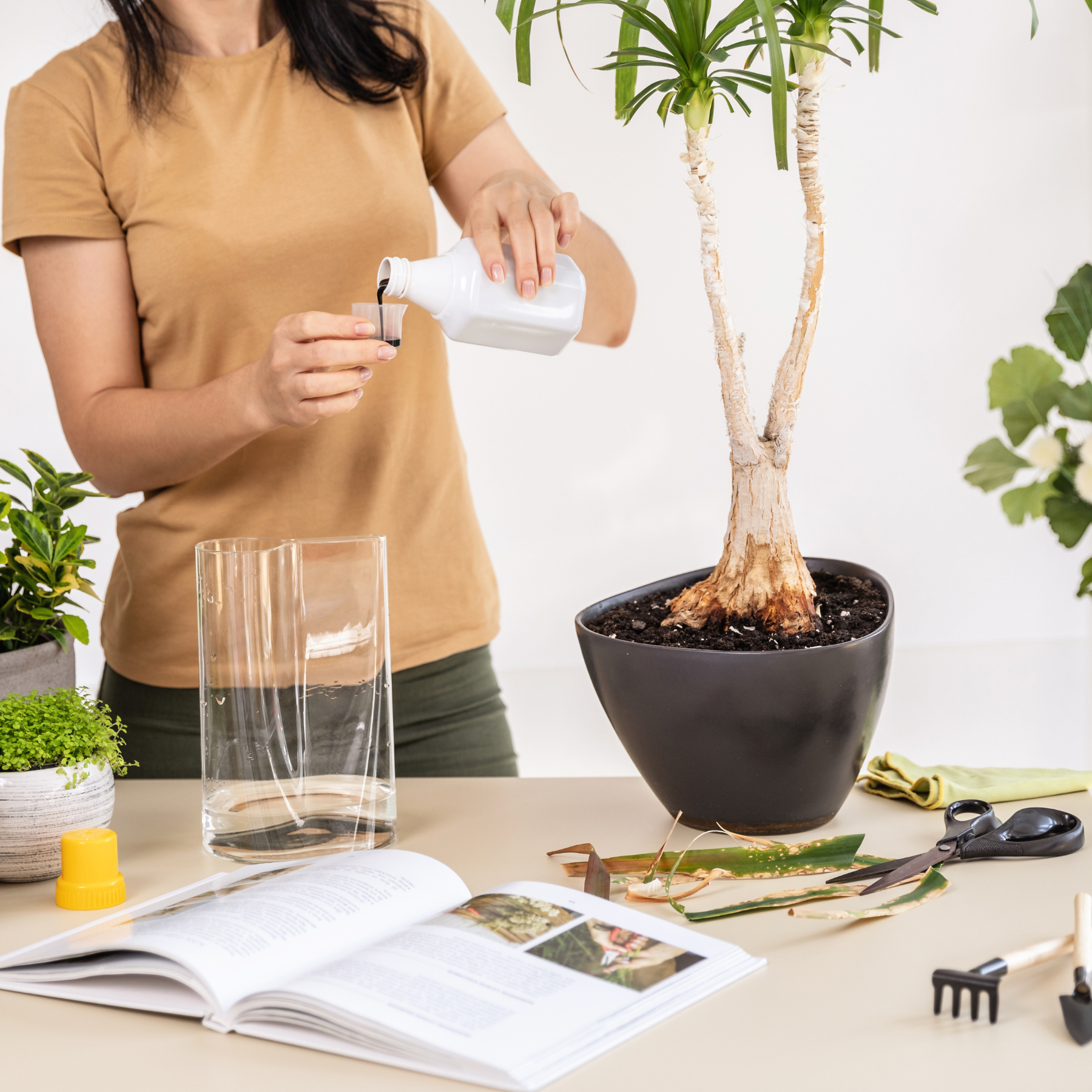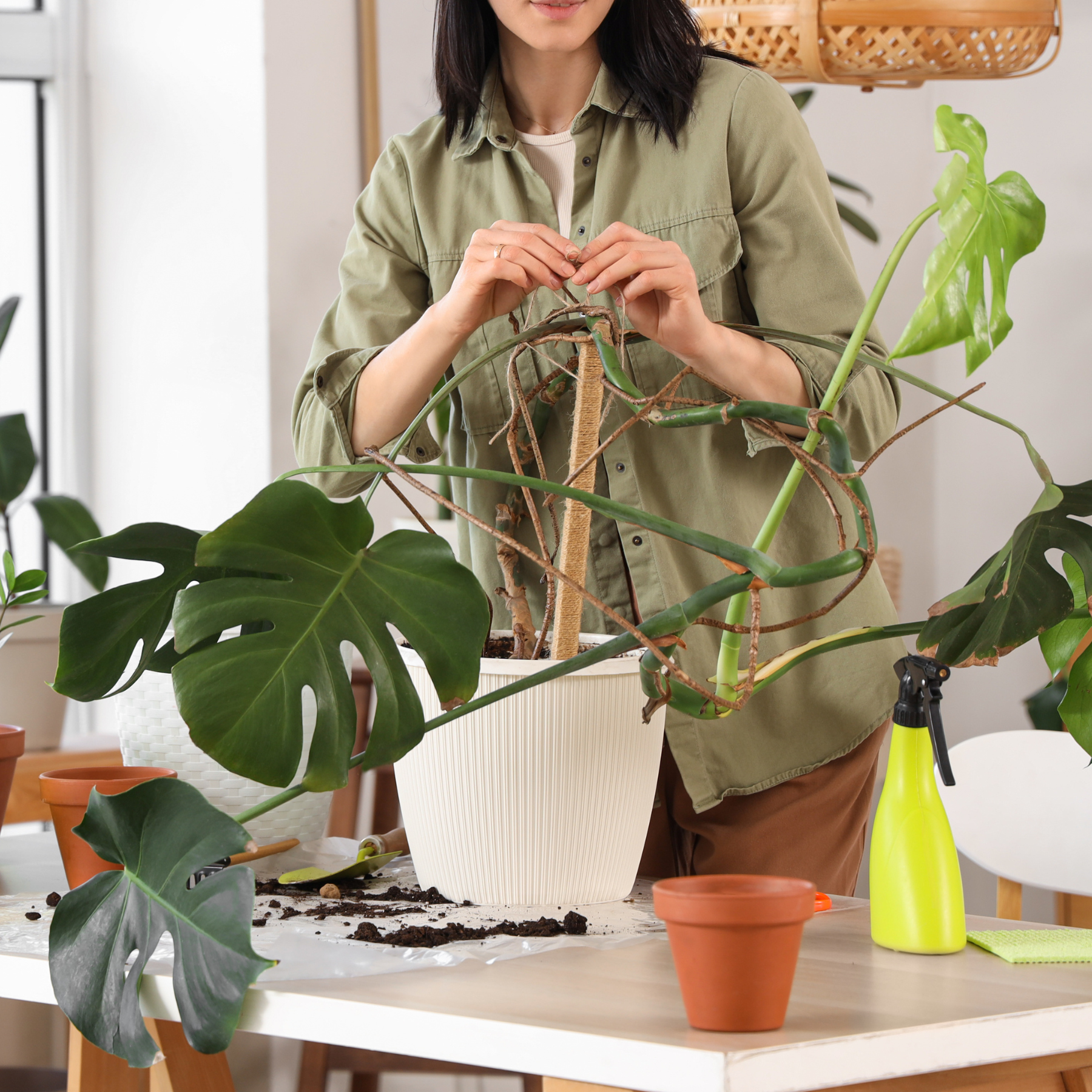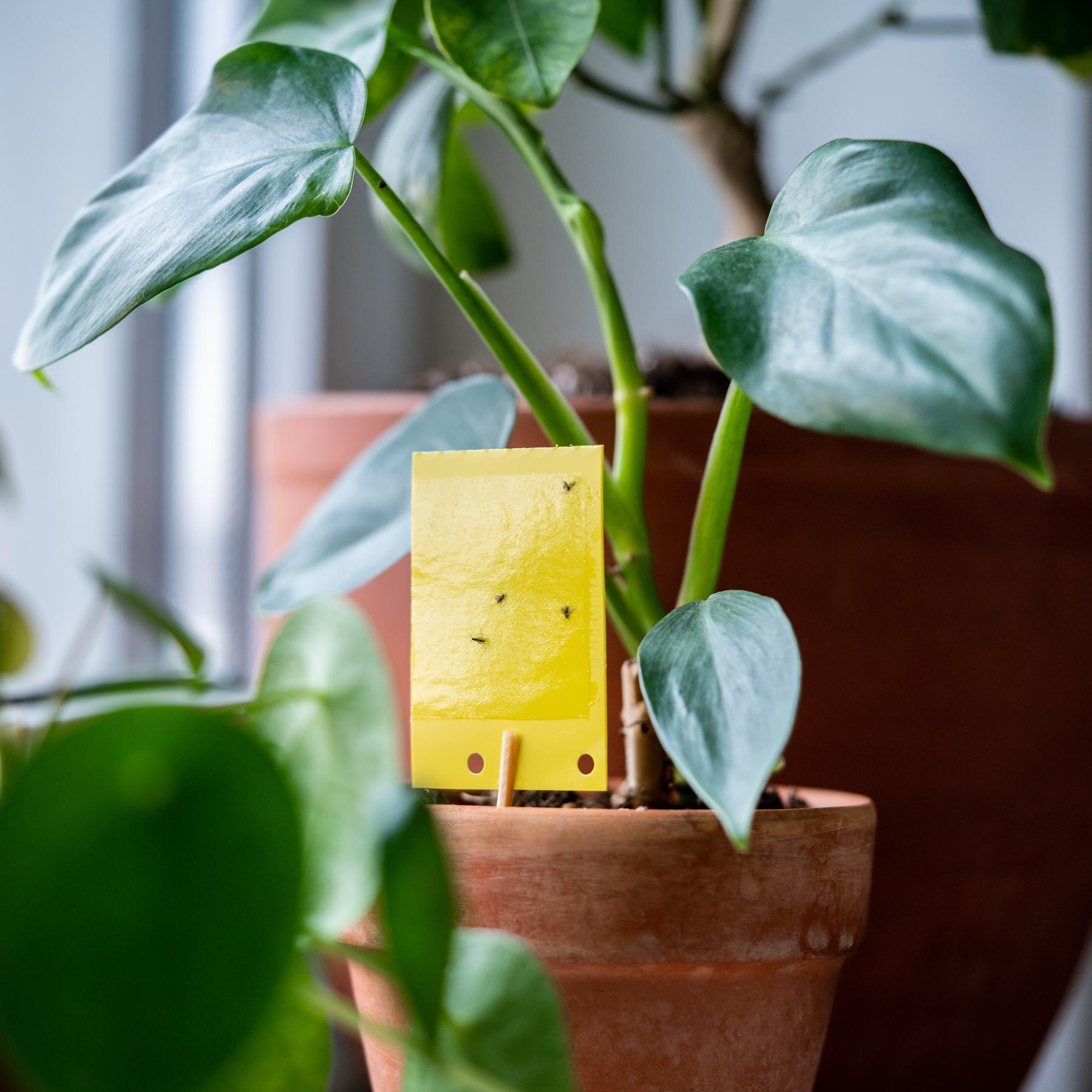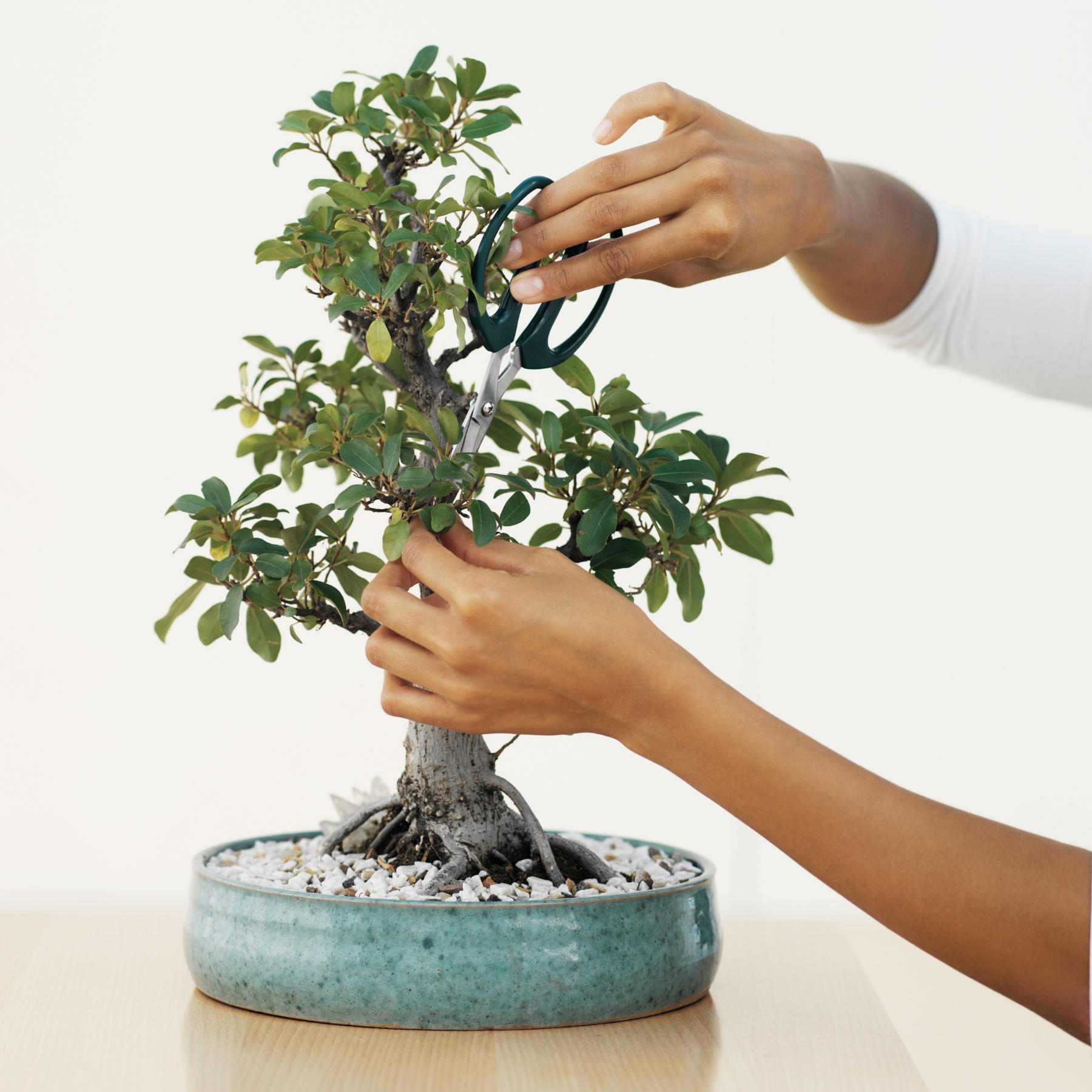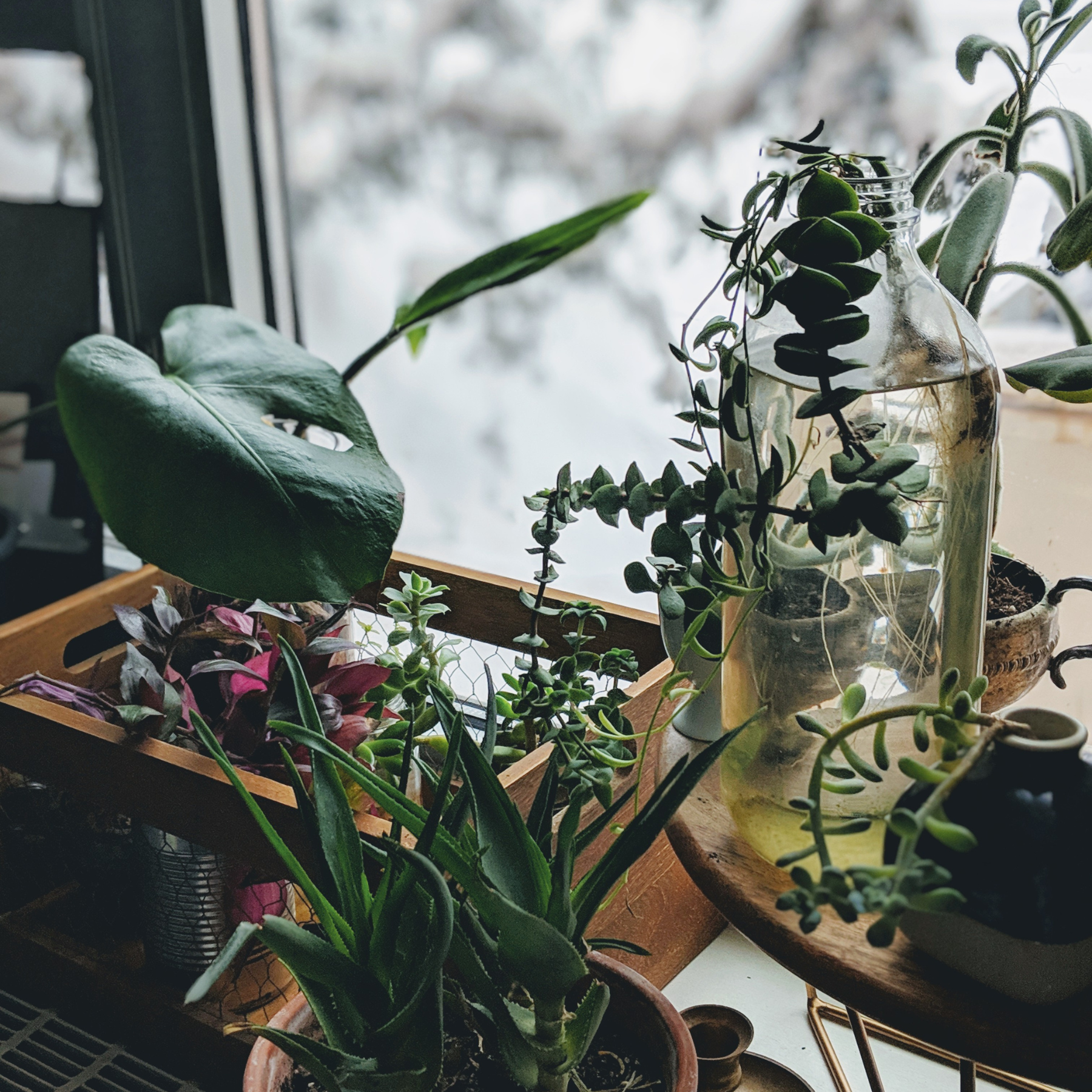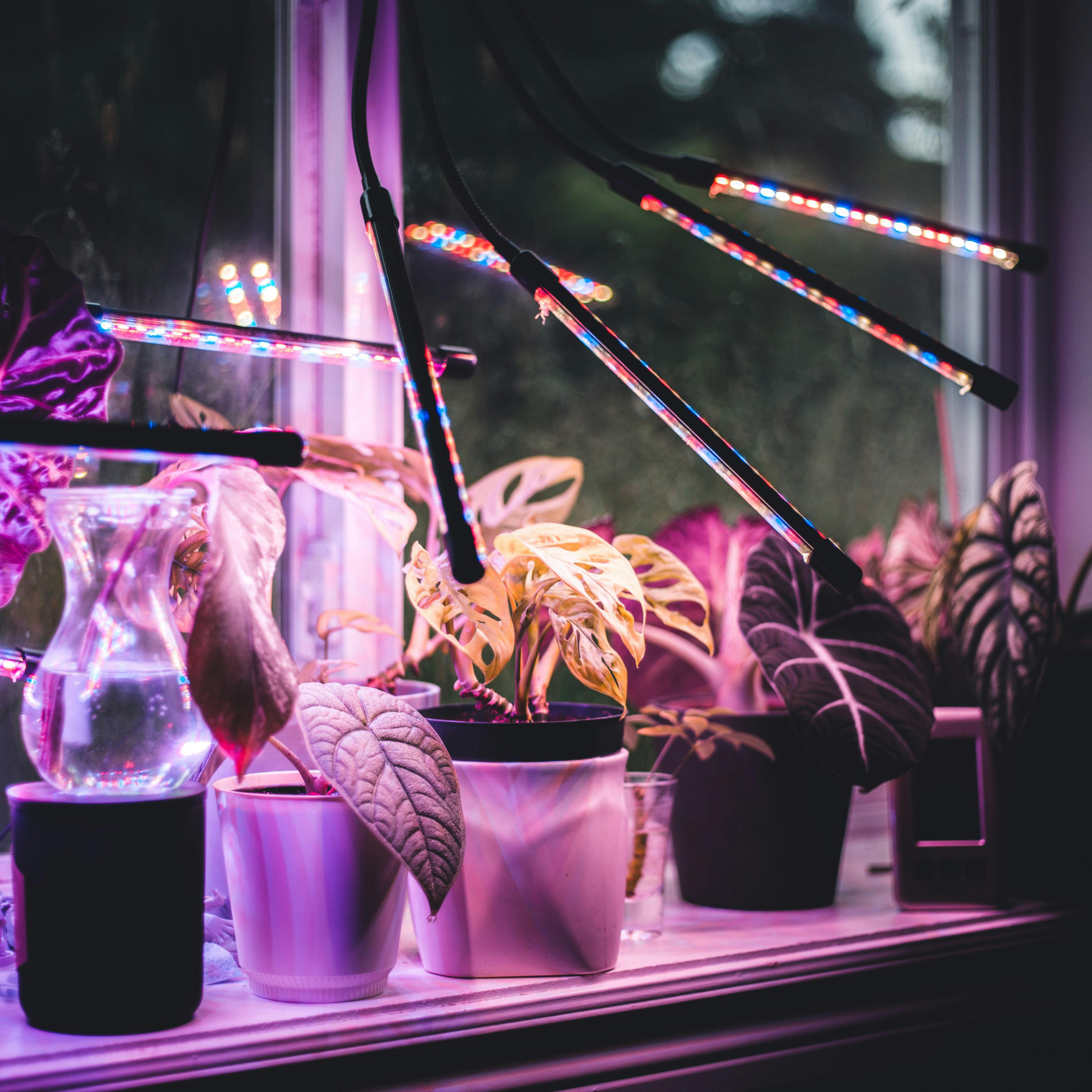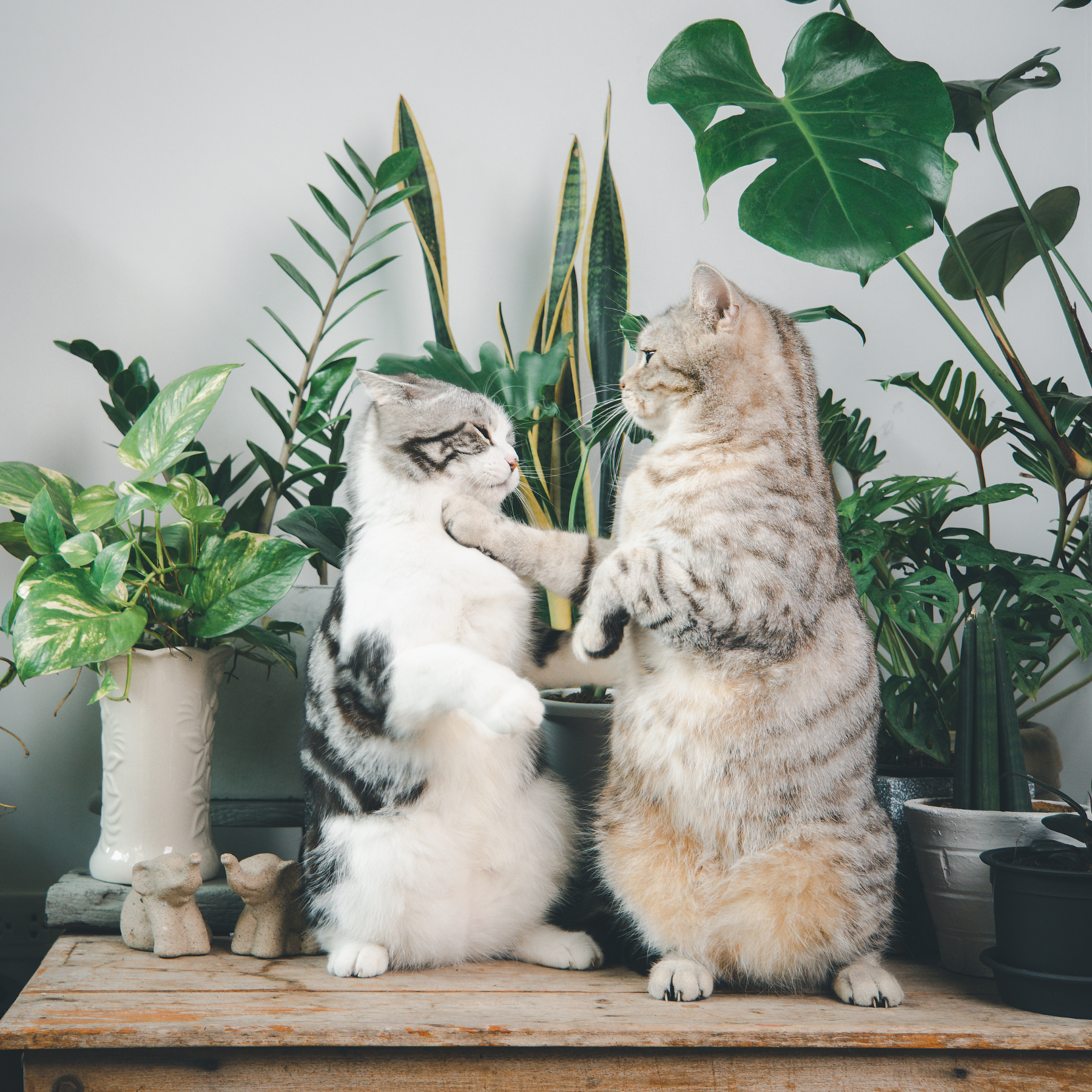Spring: Begin cutting back spent foliage. Repot amaryllis or holiday cactus if needed. Start fertilizing if keeping the plant.
Summer: Move long-term varieties outdoors in filtered light. Let amaryllis leaves grow to store energy.
Fall: Begin reducing water and bring plants back inside before frost. For reblooming plants, initiate dormancy (e.g., dark, cool storage for amaryllis).
Winter: Enjoy peak bloom from plants like poinsettia, cypress, or Christmas cactus. Keep away from drafts and monitor water needs closely.
